You’ve probably heard of the phrase “Turn of the Century Style,” but what does it really mean, and how are the things that men wore in 1901 different from 1911 or 1921? We’ll discuss the style of the “nineteen-aughts” or the Edwardian Era today.
The decade began during the tail end of the Victorian Age, and with the death of Queen Victoria on January 22nd, 1901, the world truly changed into a different era. Technology was developed at a rapid pace, and people were hopeful that the future held something brighter than Victorian austerity.
The modern world, as we know it today with weekends and leisure time, started back then. Laborers were offered longer breaks and allowed to enjoy themselves, even though that’s not quite obvious from the photos of the era.
In fact, at the time, exposure times of cameras were so long that people simply couldn’t stand and smile for several minutes. So, they just stood in a relaxed way and, therefore, they usually looked pretty serious.
![Laborers Laborers in the 1890s [Image Credit: CNBC]](https://www.gentlemansgazette.com/wp-content/uploads/2022/08/laborers-1030x572.jpg)
Due to the many monogrammed black and white images and photos from this era, it’s easy to assume that it was rather dull and unexciting. However, the opposite was true. The simple style is perpetuating period dramas, but people actually wore quite a bit of color.
Today, we’ll explore the clothing of the 1900s from head to toe, with a specific focus on typical American and European styles.
What Men REALLY Wore
Have you ever wondered what men truly wore in the past? In our What Men REALLY Wore series, we’ll take you on a sartorial journey, showcasing the changing silhouettes, fabrics, and trends that defined each decade from the 1900s to the 1960s.
What Men Wore in the 1900s: Hats
Unlike today, the most important thing in your head in 1901 was the hat. The most popular style was not a top hat; it was a one-piece flat cap. If you’re not sure what that is, you can check out the comprehensive guide we created on the flat cap.
Flat Cap & Newspaper Boy Hat Style Guide
Back then, it was much smaller and shorter than, let’s say, the 1930s. Typically, those worn by working-class men for work and during the day, but also by upperclassmen during sports or hunting pursuits.
Bowler hats were also commonly worn even by upper-middle class men and upper-class men, despite their working-class origins. At the beginning of the decade, the bowler hat had a very similar shape to the ones from the 1890s – tall ground and tight brim.
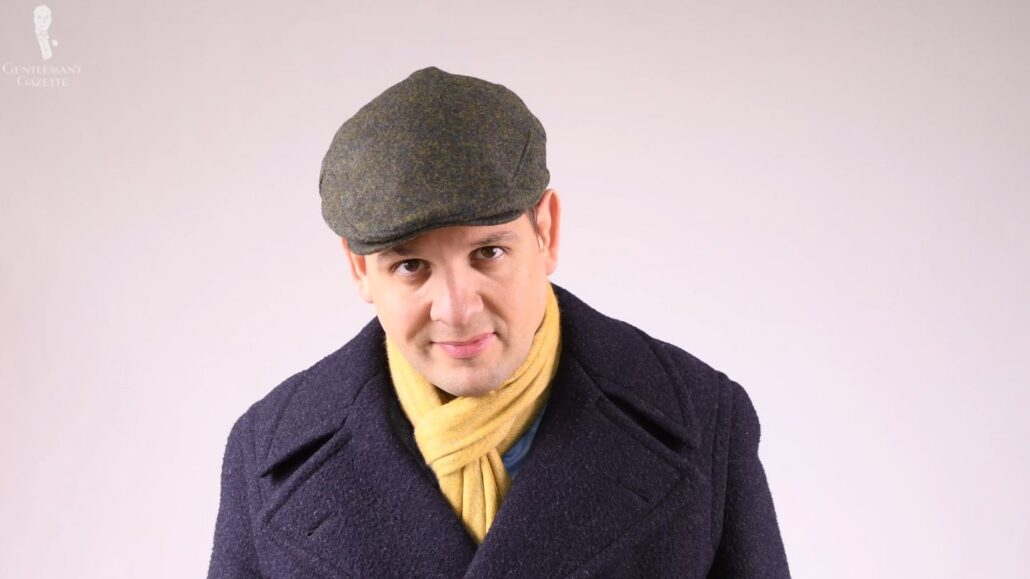
![Bowler Hat Gentlemen in bowler hats [Image Credit: FamilySearch]](https://www.gentlemansgazette.com/wp-content/uploads/2022/08/bowler-hat-1030x577.jpg)
However, by 1910, the ground had significantly reduced in height. Nevertheless, they maintained their tight D’Orsay or pencil curl at the edge of the brim.
Another really popular hat of the era was the Homburg hat, who got its name from the German town of Bad Homburg. It was King Edward VII himself who liked to vacation in Bad Homburg and saw the hat there and brought it back and popularized it.
In 2011, we visited the town of Bad Homburg and their local hat museum. And, of course, they had lots of Homburg hats, among other ones.
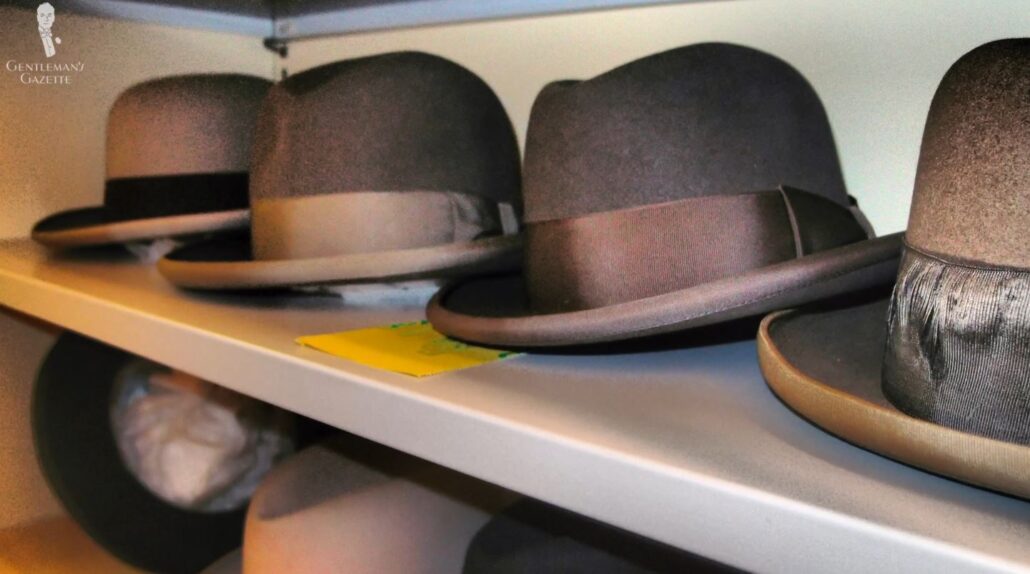
At this time, Homburg hats were softer than a bowler hat or a top hat, for example, and they had a different kind of brim curl, which is also known as the “kettle curl.” It’s not quite like the one on a bowler hat, but it’s distinctly different from a regular felt hat today. Sometimes, the ground height was low, and the curve was extreme on the Homburg hats.
Homburg could be found in a variety of colors and finishes, sometimes with a brim ribbon that was a different color than the hatband. So, unlike today, where a Homburg is considered to be a very formal hat, in 1905, you could wear it in many different situations.
During the warm months of the year, straw hats were something that pretty much every man wore. Specifically, the boater was a staple in men’s fashion.
So, what’s a boater hat, you might wonder? It is made from sennit, which is a plaited straw, and it is flat on top with a flat rim and a low crown height. Often, you’ll see them with some colorful hatbands because they’re fun. Because so many men wore them, some historians point to the boater hat as a sign of equality because, no matter what class you belong to, you wore a boater hat.
Another popular summer hat of the Edwardian Era was the Panama hat, President Roosevelt wore one of those straw hats at the Panama Canal in 1906, and, therefore, it became “the Panama hat.” Of course, much to the disappointment of the Ecuadorians, where, traditionally, the Panama hat has always been woven. There was no Panama hat ever woven in Panama. If you want to learn more about the famous Panama hat, we have a separate guide on that.
Panama Hat Guide
Of course, men also wore a lot of top hats. That was a mark of distinction from the middle class and the working-class man. These hats were typically custom-made, expensive, and luxurious. They had this tall, flat crown, and, in that era, the curl of the crown was more pronounced. It was typically finished in a shiny silk plush and today, this material is no longer being produced.
In previous decades, the top hat had been the only option for men’s formal wear to be worn with tailcoats, such as the morning coat or a frock coat, or evening tailcoat. But, now, the popularity of the top hat was fading along with the importance of the aristocracy.
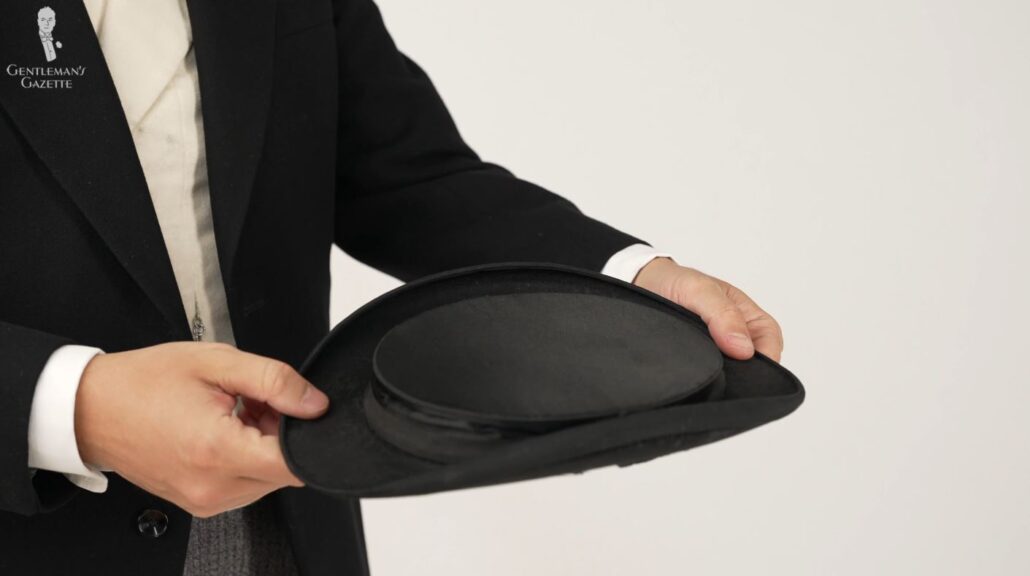
Because top hats were stiff and had to be carried in a large box, this was also the time when the Opera hat was invented. At first glance, it might look like a top hat, but it has actual coils on the inside, so it is collapsible, and then, it looks somewhat like a top hat.
Hair & Facial Hair
So, what does it look like underneath the head? Typically, it was slicked down, so it wouldn’t poke out from underneath the hat. Some men also just cut their hair short but if you wanted to slick it down, you’d use some kind of oil. This hair oil could be coconut oil, castor oil, or almond oil. Others used pomade or other concoctions.
Definitely, the most popular hair oil product was Macassar. All these hair oils and products were notoriously difficult to remove from fabric. In fact, it was so bad that the antimacassar was invented, which was typically a white piece of cloth that you would put on top of chairs, so men wouldn’t permanently stain the upholstery fabric.
![Macassar An English man with his hair groomed with Macassar oil, and a printed advert for Rowlands Macassar Oil in 1902 [Image Credit: Fred C. Palmer and Media Storehouse]](https://www.gentlemansgazette.com/wp-content/uploads/2022/08/macassar-1030x573.jpg)
Men also really groomed facial hair during that decade. Mustache rolled with wax was in vogue. Frankly, looking at old photographs, some of these styles are quite interesting. The handlebar, the walrus, or the imperial style definitely were popular.
Small beards or pencil mustaches could also be popular, and fuller beards were typically reserved for older gentlemen, while younger chaps preferred a clean, shaven look.
Shirts
In terms of clothing, the dress shirts or shirts men wore during the Edwardian Era; very different from the ones we wear today.
First of all, shirts were much longer, folding between and around the legs, thus preventing the shirt from coming untucked. If you want to see what it looks like, check out the video from Antique Menswear. Shirts for men came mostly in different pastel colors and stripes, block stripes, or micro patterns.
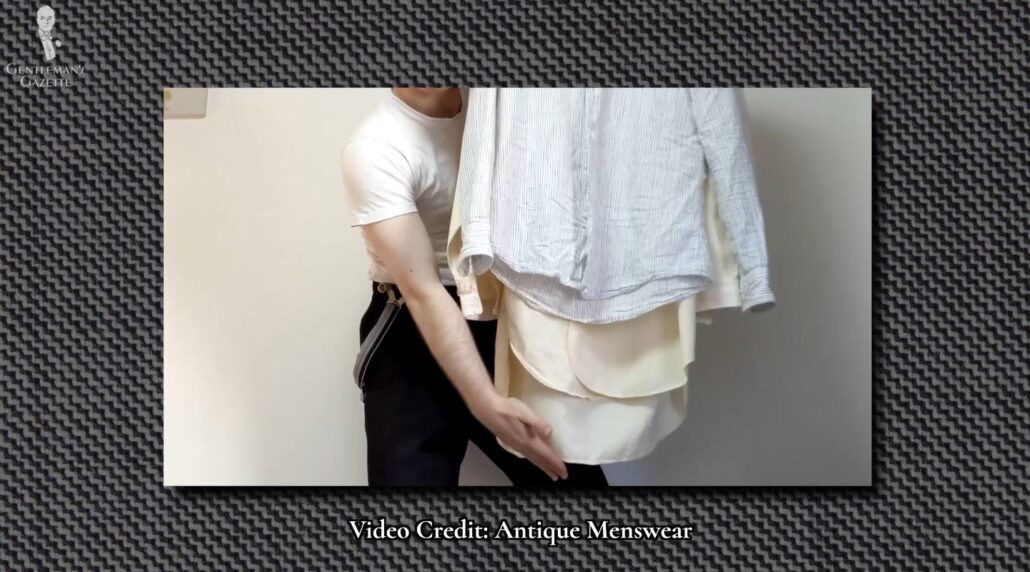
The cuff of the shirt was either a barrel cuff that could be closed with buttons, closed with cufflinks that could be a double cuff, or they also had detachable cuffs as well as detachable collars. That meant you didn’t have to wash the entire shirt by hand but just launder the collar and the cuffs separately, which was pretty much the only thing of a shirt you would see in public anyways. Everything else was covered up by the neckwear and the waistcoat, which had a very high buttoning point. Often, these starched collars were also polished, so they didn’t quite look like cotton.
Today, you can still find them for evening wear. But, back then, they had many turned-down collar styles, club collars, square collars, and standing collars, and the big difference was that they were generally quite tall compared to today’s collars. You had to attach them to the shirt with a stud in the front and one in the back.
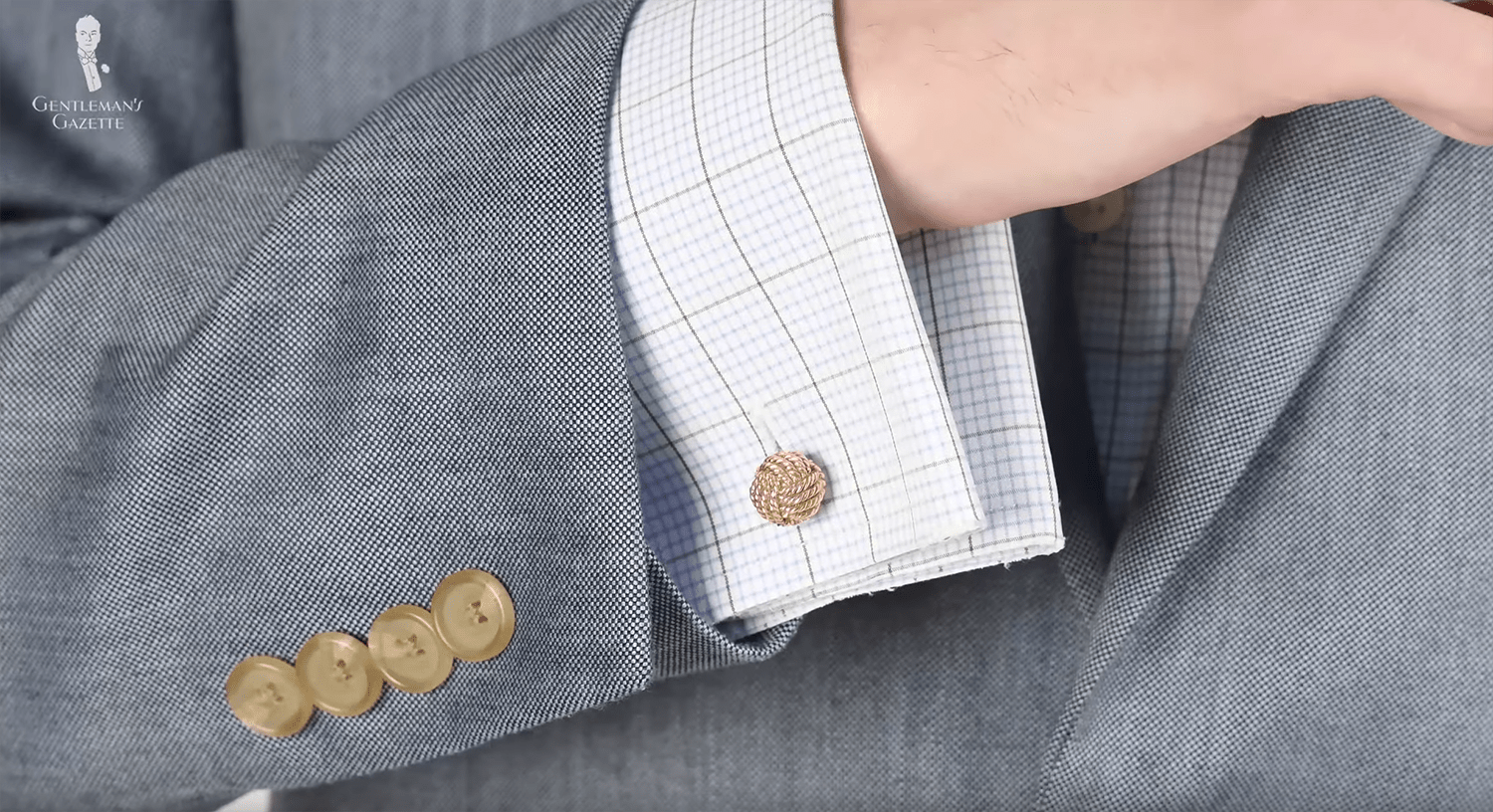

Because of the height of three, sometimes four inches, which is about seven-and-a-half to ten centimeters, some of them even got deadly, and we talked more about that in our 20th Century fashion fails post.
The WORST Men’s Fashion Fails of the 20th Century!
The type of collar you wore dictated part of the neckwear. If you had a collar with a very slim opening, you chose a very small knot. If you had a wider spread, you chose a bigger knot. Essentially, it’s the same thing we do today if we pay attention to our outward appearance.
Ties
When it came to ties, there was lots of variety during the Edwardian Era. You’d had regular neckties, you had bow ties and cravats. You even had novelty ties like the belly warmer tie or the Windsor bow tie.
Generally, fabric was still really expensive, and, because waistcoats were vests buttons so high up, the ties were generally much shorter than the ones you see today. Formal silk ties typically came with much wider blades, which resulted in a bigger knot.

Ascot in Brown, Bottle Green, Orange and Madder Blue Silk Large Paisley

Ancient Madder Silk Bow Tie in Blue with Buff and Red Micropattern

Begonia Purple Jacquard Woven Tie with Printed Green and White Diamonds
At the time, it was very common to wear a stick pin. First of all, to keep the tie in place but also to add some decorative dazzle to the outfit. Those stick pins could be cheap or somewhat cheerful or extremely expensive and diamond studded. Of course, it all depended on the class you belong to and the size of your checkbook.
Interestingly, some pieces of neckwear – in particular, bow ties – could be bought pre-tied with a little clasp in the back that was typically covered by the collar of the jacket. Honestly, the history of bow ties is pretty fascinating, and you can learn all about them in our dedicated bow tie guide.
Bow Tie Guide
Odd Jackets & Suits
In terms of jackets and suits, the idea that everything was still handheld at the time is not quite true. Yes, there was, of course, a lot more handwork; there were a lot more tailors in business, but mass production had begun with uniforms and also had trickled down to the general population by then. You could find department stores that had off-the-rack suits, and they were often made by machine.
By 1901, the frock coat had already lost quite a bit of its popularity, and the morning coat had become more and more popular. That being said, younger men often didn’t even wear a morning coat anymore, but something known as the “lounge suit,” which w as an extremely casual thing, which then became the suit as we know it today. We have a separate guide, if you’re interested in the very fascinating history of the suit.
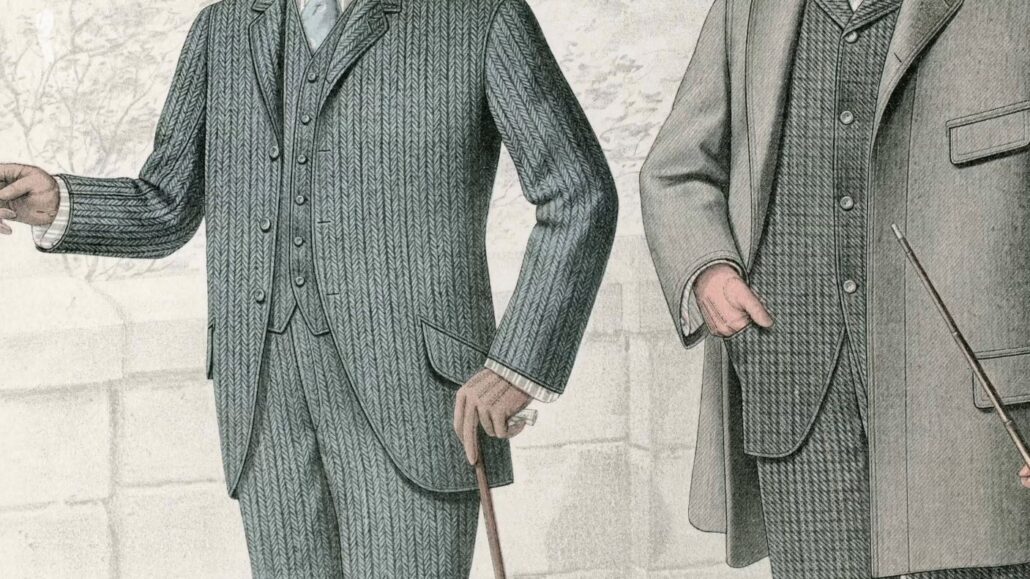
The lounge jacket was really the one that gained popularity most rapidly, and you could still find them in different versions. They were all definitely shorter than a morning coat or frock coat but, sometimes, still reaching mid-thigh, but it would always cover your rear end. That’s not something you can say about all modern jackets.
These lounge jackets typically were ventless but sometimes, they did feature vents. Sometimes, they also cut more like a body coat and featured buttons in the back.
Overall, the variety in tailoring was bigger than it is today. A common style that you saw in jackets was a rounded cutaway front, which means the quarters were really open, kind of inspired by a morning coat, just shorter.
That being said, you could also find jackets single-breasted with very squared-off corners. So, again, a lot of variety.
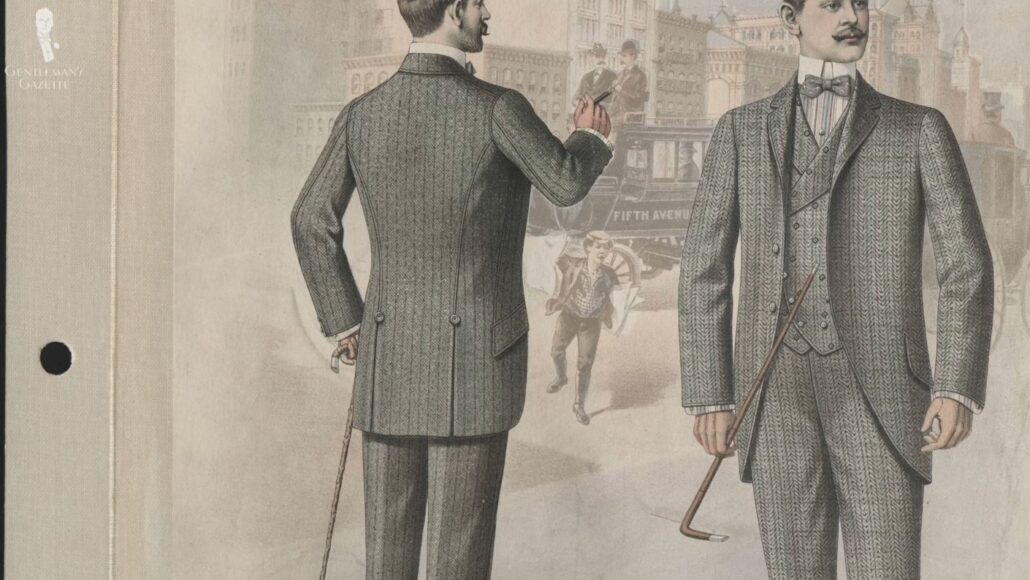
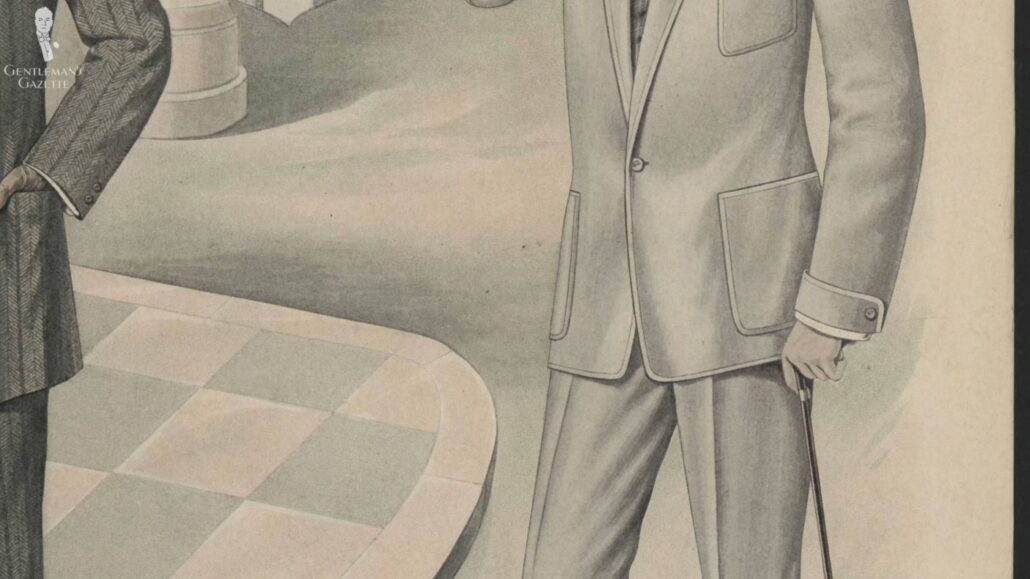
Compared to a jacket today, the buttoning point was typically a lot higher. Jackets had three or four buttons in a single-breasted coat and the button stance was quite big. That being said, you could also find double-breasted coats, and they were also rather tall and buttoned all the way.
During this era, the sack suit was particularly popular in the US and would have very padded shoulders because that was the fashionable look at the time.
Many jackets featured cuffs; sometimes, they could just be sewn-on stitches or they could be actual cuffs or something that drew the viewer’s attention onto the cuff. Cuffs typically had either two or three buttons, so that’s quite different from the majority of four-button cuffs you see today.
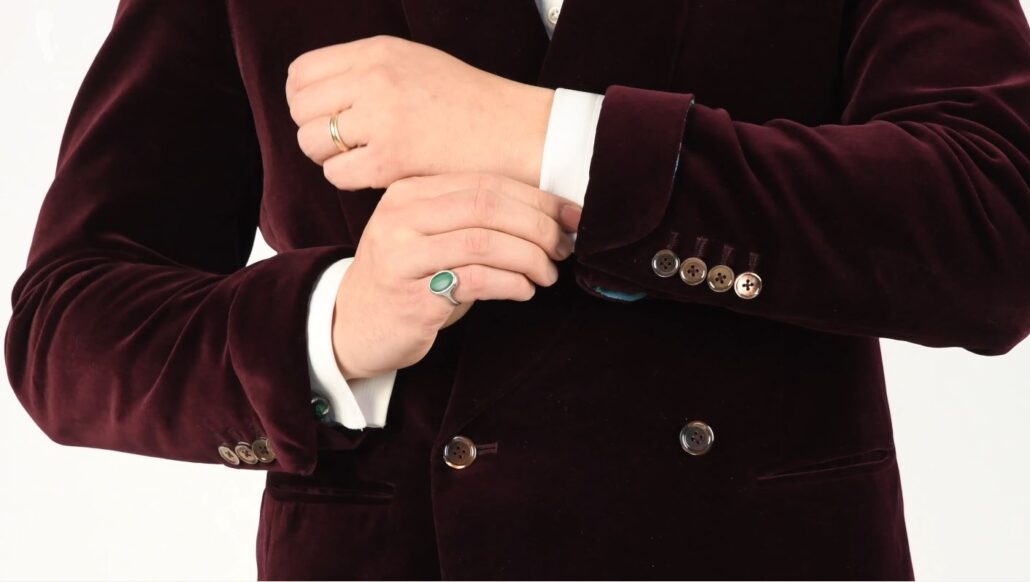
In terms of fabrics, linen, wool, cotton, or tweed was used but oftentimes, they weren’t as soft, and the finishing wasn’t as good as it is today. That being said, they usually draped a lot better, and the intricate weaves and the yarns had a really phenomenal color depth.
For sport jackets, tweed was really popular. Typically, it had a center vent because it was used on horseback riding or you also had action vents because you use it for more sported pursuits. Why? Well, the pleats helped you to move around more easily.
Better Than a Suit? 5 Advantages of Sport Coats
Functional elements, such as patch pockets with buttons or flaps, were also really popular at the time.
You could also see men wearing a matching vest and jacket with contrasting trousers or a suit with a contrasting vest or waistcoat. Typically, men were hardly ever seen without their jackets on. Only really hard-working physical laborers would sometimes take their jacket off. But, even then, they would still wear a vest or a waistcoat.
Waistcoats or Vests
Vests, or waistcoats, as they’re now called in the UK, were often single-breasted and, if they did, they had about five or six buttons. At the front, they had very short points unlike more modern waistcoats or the ones you would see in the 1930s. The fancier styles have detachable or exchangeable buttons for their waistcoat, which is something you can still find in higher-end evening waistcoats today.
While single-breasted waistcoats were more common, you still had a range of double-breasted waistcoats, and they would usually button quite high. Some of them were buttoned at an angle, some straight, some were flat at the bottom, others weren’t. Again, lots of variety.
Trousers
The trousers at the turn of the century were rather slim cut. They’re also known as “drain pipe” trousers and were favored for their slim silhouette. Typically, they had fish tails in the back if they were made for suspenders and frog or side pockets.
Belt loops weren’t unheard of, and they were getting more popular, in particular, in the United States. The rise of those trousers or pants was quite high and typically ended about two-and-a-half centimeters or one inch above your belly button. In previous decades, belt loops used to be something very, very casual in trousers. But, in the US, they now also became more popular for other clothing styles.
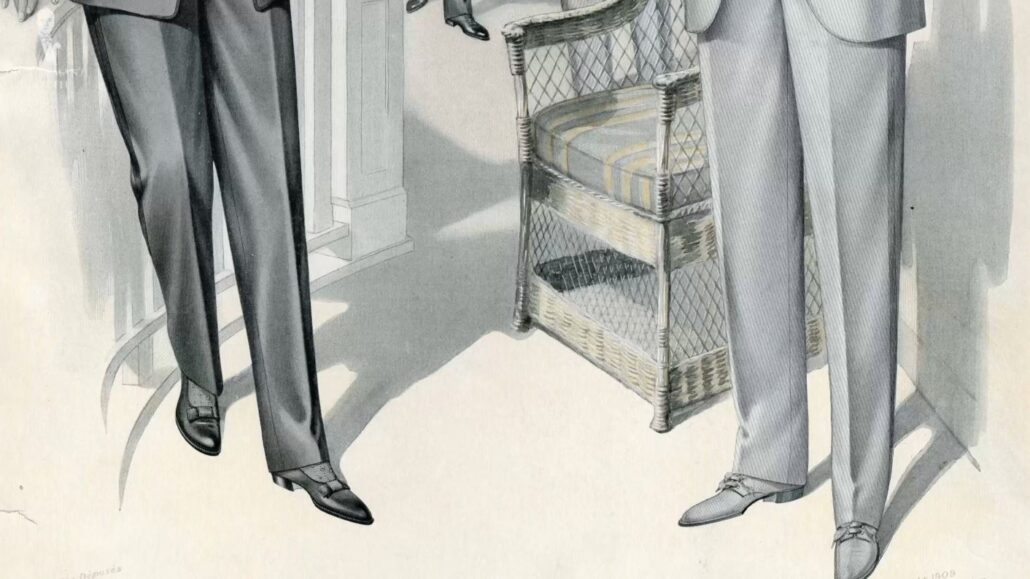
Pleats on trousers weren’t popular, but if you had a center pleat, you could definitely denote your wealth because the common man or family would not have had the ironing equipment to get this nice crease into your pants.
Cuffs, or “turnups” as they call them in the UK, were popular for more casual pants. Others came without them. Overall, looking at older illustrations, you rarely see a break in the trouser because, often, they were worn with boots, and the slim hem probably didn’t allow for much of a break.
Proper Pants Break & Length – How To Hem Suit Trousers & Slacks
Shoes & Boots
Probably, the most popular choice of footwear for men at that time was still a pair of boots. Oxfords were around, but they were more for casual pursuits, which is quite funny because, today, a cap-toe Oxford is probably the most formal shoe most men will ever own.
Because so many men wear boots, there were also lots of different styles. You had Balmoral boots, button boots, and other variations. Typically, they were made from horsehide, cowhide, calfskin, or coltskin. The calf is the baby cow and the colt is the baby horse.
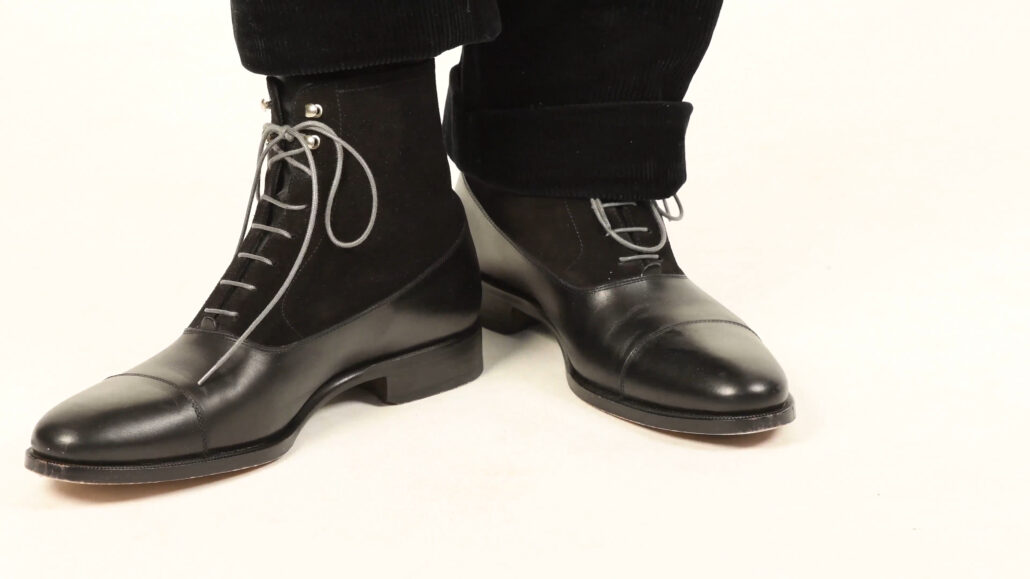
During the Edwardian Era, you also saw more material combinations in button boots, so you saw suede inserts with regular calf leather or different colors, which was basically the birthplace of the spectator. And to learn more about the history, we got another post for you.
Spectator Shoes (Correspondent, Two-Tone) & How To Wear Them
Note, the shoelaces they wore back then were often quite wide, and I mean really wide. The material was sparkly satin.
Today, really stylish men still wear those for their evening wear with patent leather Oxfords but, back then, they would wear them with their casual sporty outfits. If you’re interested in that look or you want to upgrade your tuxedo, check out the Fort Belvedere shop for a range of wider shoelaces.
Even though they had Oxfords back then, the lasts were quite different. In the US, a rounder shape with a higher toe box was quite popular. Personally, I can also tell that they had much finer stitching on the welt, but also on the uppers. And even the broguing holes were much smaller and refined. More obviously, the heel even of men’s boots was much taller. And while today, some people mistake them for women’s boots, back then, it was quite normal to have relatively high heels.
Women’s boots had even higher heels, and it was more delicate than men’s heels. So, you could always distinguish them. Just take a look at these heels from women’s shoes and these from men’s.
Of course, the working-class man didn’t wear fine, two-tone colored button boots; he would wear a pair of work boots with a rubber sole that could withstand quite a bit of abuse.
Overcoats
In terms of overcoats, there were lots of varieties out there. I know some people think single-breasted coats were mostly popular, but you can also find double-breasted coats at the time. Six-three or eight-four configurations were quite common, so were fur collars or velvet collars, or entire fur linings. Not only did they keep you warm, but they were also quite stylish.
Another popular coat at the time was the Chesterfield coat, which was invented in the 1840s, and we have a full guide about its history on our website. It was basically a response to the tight frock coat, which wasn’t removed indoors. A Chesterfield was removed.
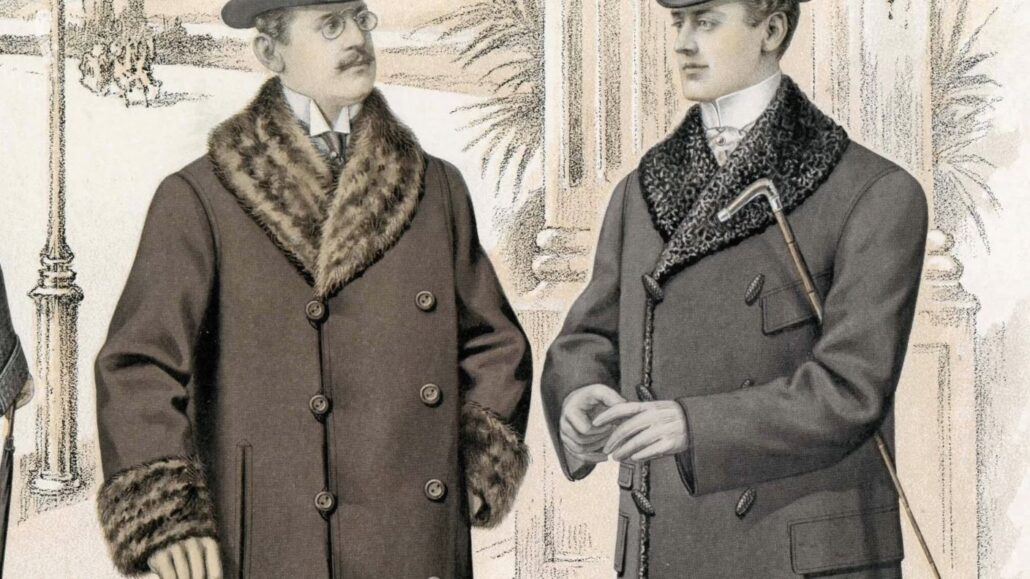
Frankly, there were lots of other popular overcoats at the time. One of them was the Inverness cape overcoat and the other the Ulster. Both of those are long and below the knee and feature a cape.
A Inverness cape is named after Inverness, Scotland and was originally known as an “Inverness coat.” By the 1880s, the sleeves were removed and the cape was extended. Depending on the cloth that you chose, you could wear an Inverness for an evening overcoat with a fine black worsted or in the country if it was made out of tweed. Often, the cape could be buttoned or hooked in the front and, sometimes, they have different kinds of collars or lapels.

Unlike the Inverness, an Ulster has longer sleeves, which means that the cape is shorter and you also can’t button the cape in the front. The Ulster Coat was invented by McGee & Co in 1866 as a hard-wearing weather coat and, if you want to learn more about that style and how it evolved over time, we have a guide for you.
Another popular coat is the Covert coat, which today is still popularized by English brand Cording’s. Originally meant for riding and hunting, it was rarely more than 34 inches long. Today, it’s quite a bit longer and, if you want to learn more about the history, we got you covered.
The Covert Coat
Accessories
At the time, men would still wear pocket watches, and when Victoria died, commemorative fobs were sold that were cheap and affordable, so a lot of men wore them. Of course, if you were from the upper class, you had wonderful gold fobs and chains and watches that stood out from the crowd.
You could also walk around with a walking cane or a stick; not for any physical help, but just to give your presence more authority. The cheapest form of cane was a whangee cane as popularized by Charlie Chaplin.
A common cufflink style was a solid gold or silver chain link; though, you’d also find solid shank links at the time. Often, they were intricately engraved.

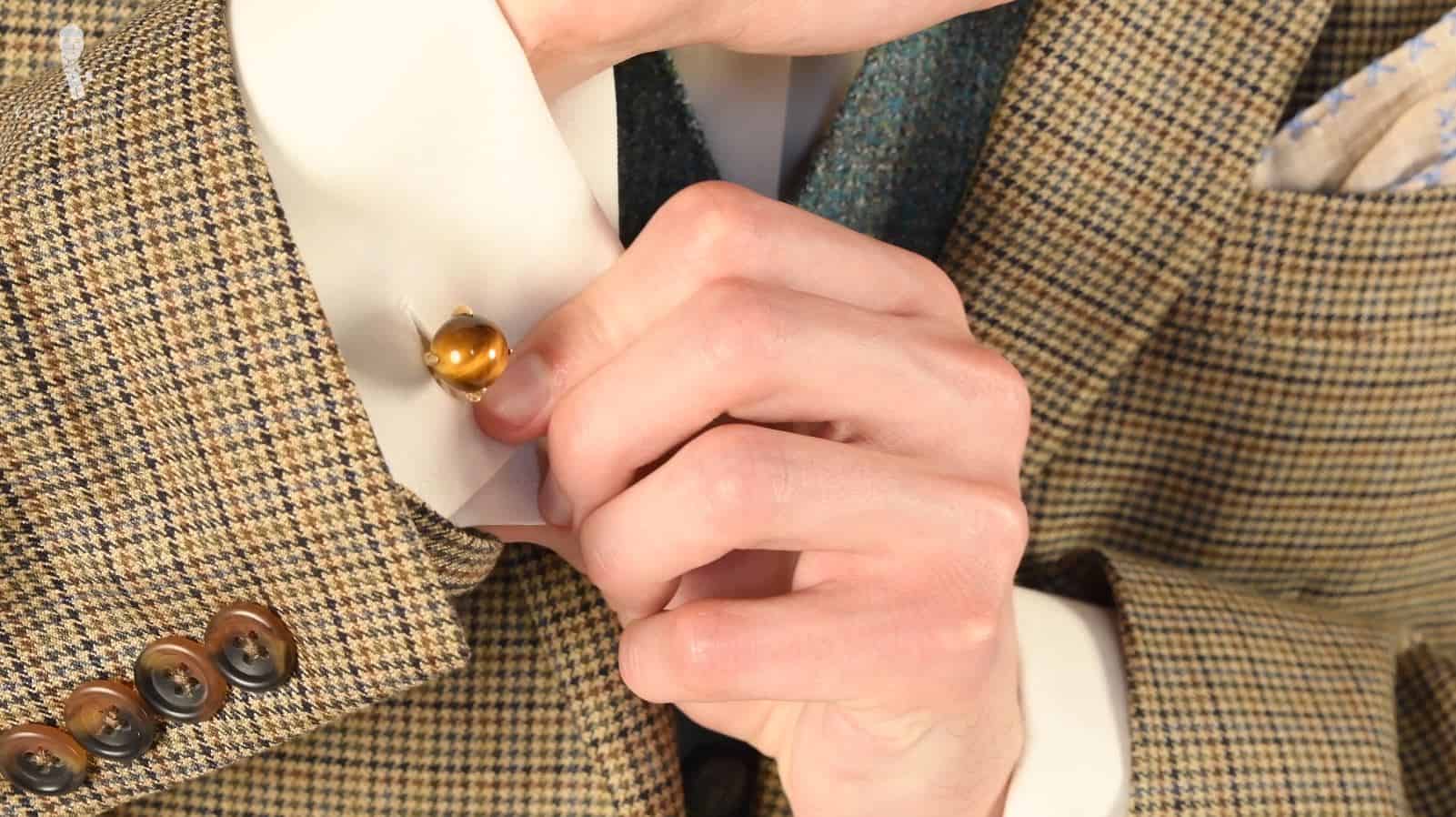
Eyewear was starting to vary, too, and men could choose from a variety of monocles, eyeglasses, or pince-nez. Men could typically choose from gold, silver, tortoiseshell, or cellulite monocles. Some were even horn-rimmed. Pince-nez also came in a variety of styles, including the Fits-U style – sometimes also known as “finger-piece.”
Less popular at the time were eyeglasses with temples, which is a stark contrast to today, where most eyeglasses have temples. If you found them, they’re particularly round wireframes, very slim temples that are very minimalistic.
They Wore What?! 10 Obscure Men’s Accessories & Jewelry
Occasional Wear
The beauty of the Edwardian Era was that, as a gentleman, you really had a big wardrobe with something different for every occasion. Only, of course, if you had enough money. If you were a common man, you had a very limited wardrobe and just had to deal with it. In the evening, with White Tie ensembles or a Black Tie tuxedo.
During the day, you could have a plus four suit, you could have a riding suit, and so forth. There are also cool iterations with bells in their jackets, lots of pleats, such as Norfolk jackets or half-Norfolk jackets.
Belted Norfolks or tweed suits had knickerbocker pants with over-the-calf knee socks in a thick wool, and you could go golfing or shooting with those; sort of men playing cricket or tennis. Hence, the cable knit tennis sweater or cricket sweater. Of course, for tennis, you got warmers, you didn’t need a jacket and there were tennis whites.
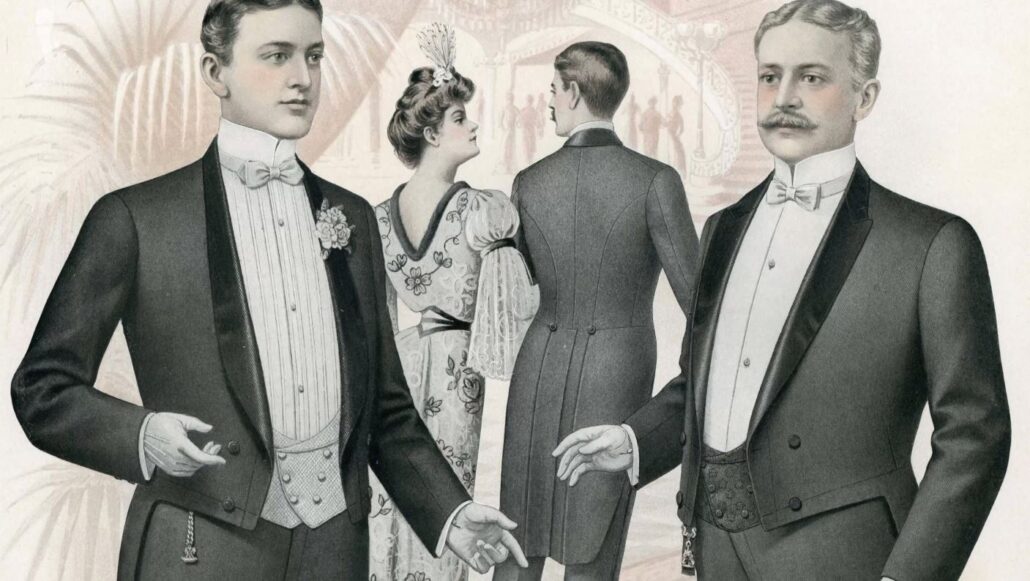
Frankly, at the core, these haven’t changed too much from the Edwardian Era. I could go on for hours about that, but you can also check out our in-depth Black Tie, White Tie, and Morning Coat guides, and I promise you, they’re probably the most comprehensive ones you’ll find today.
So, what style from the 1900s do you like the most, and would you wear it today? Let us know in the comments.
Outfit Rundown
In today’s outfit, I’m wearing nothing from the Edwardian Era. Why is that? Well, I’m simply too tall and too big. I just don’t fit in their clothes, really. Plus, I have a big head, so finding a top hat from the era would cost thousands, if not hundreds of thousands of dollars. That being said, my outfit is inspired by the era.
My top hat is probably a post-war model. It is in silk plush. While most people won’t see the difference immediately, it definitely is less extreme than the top hats you would have seen in that era.
My shirt has a club collar, but it’s overall smaller than what you’d have seen back then. It also has an attached collar, and it’s not detachable.
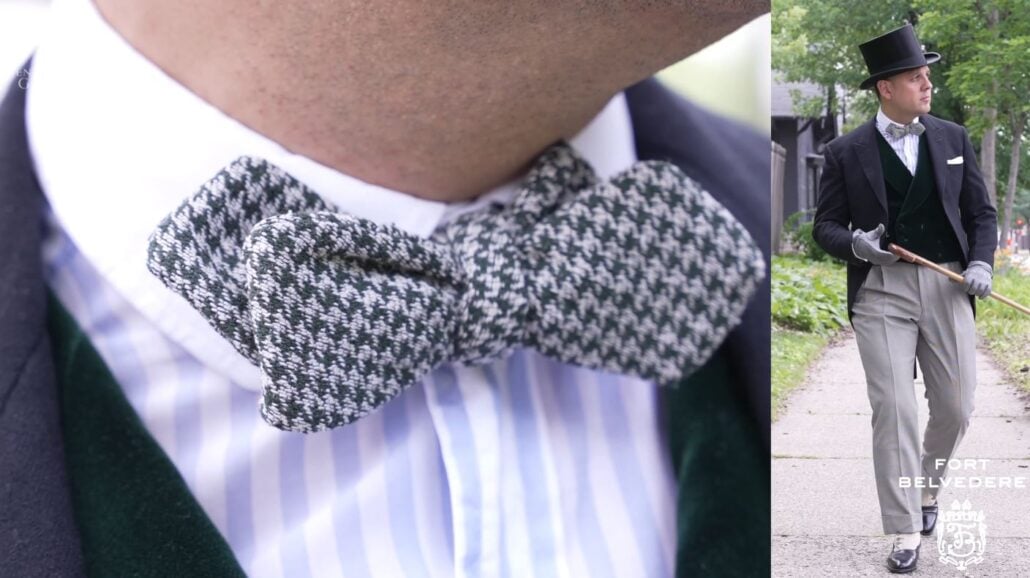
My bow tie is made from a silk bourette, which is something you could have found back then. But, this is a modern version with a houndstooth pattern from Fort Belvedere. It’s off-white and green and works really well with my custom-made, double-breasted waistcoat in a green velvet.
My morning coat is from the 1960s in a dark gray with a herringbone pattern. I paired it with a formal, white linen pocket square from Fort Belvedere.
My trousers are custom-made in a black and white houndstooth fabric that is made out of wool. They do feature cuffs, which is not something you would have typically seen on a more formal outfit like this one.
My boots are modern button boots from Enzo Bonafe from Bologna, and they work well with this very formal outfit.
Last but not least, I’m wearing unlined gloves, which is typically something you would have worn at the time. They were quite tight and elegant. I chose the button closure, and I leave them unbuttoned for an element of nonchalance.
Lastly, my cane is from Howell in England.
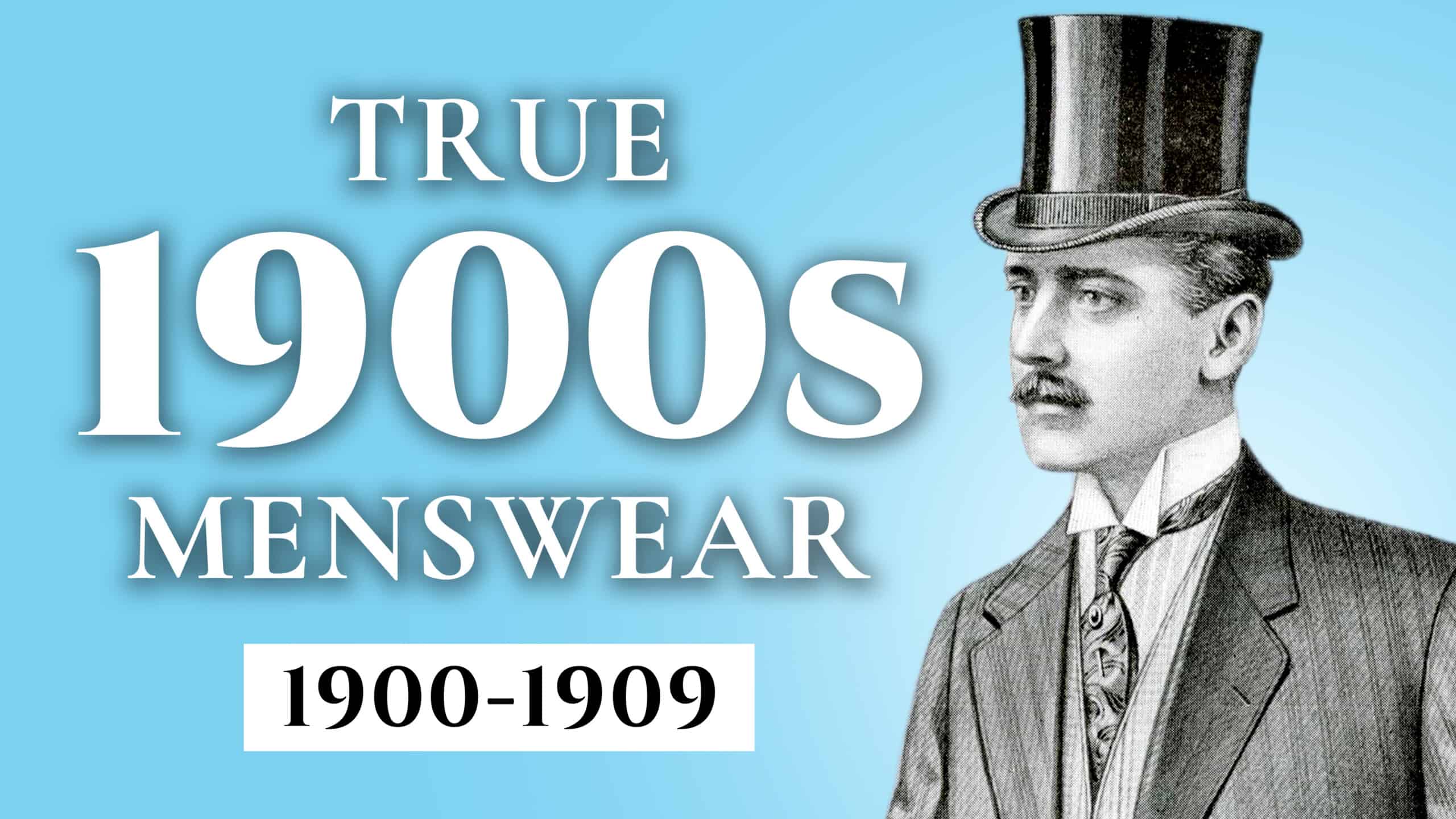







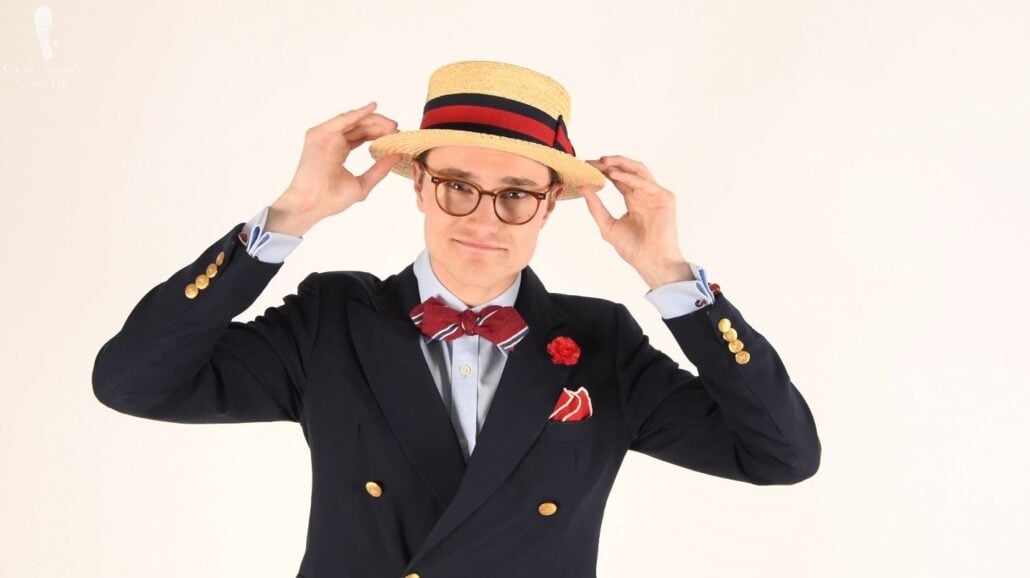
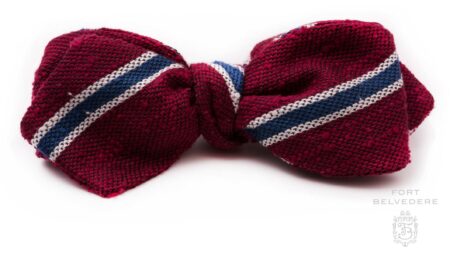
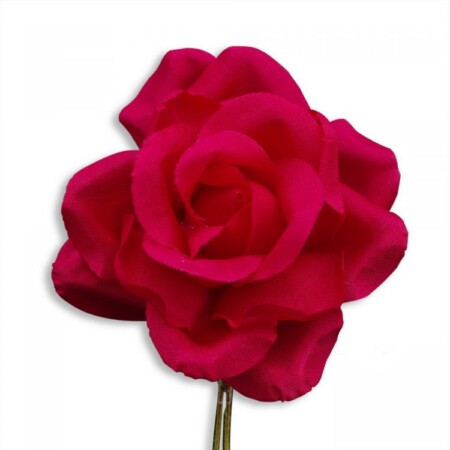
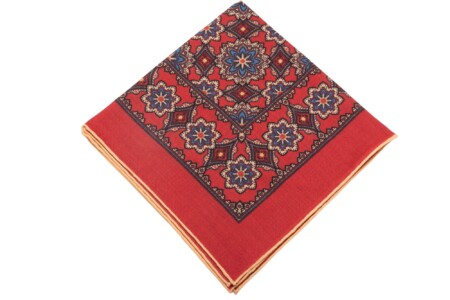
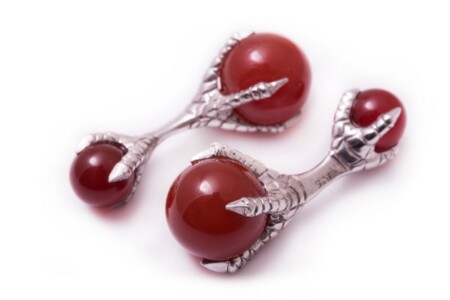
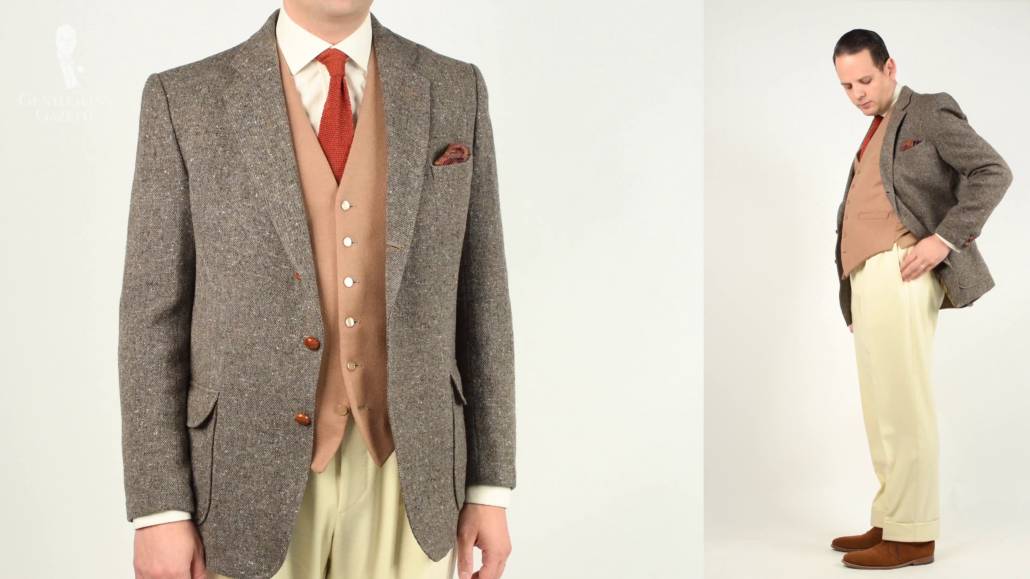
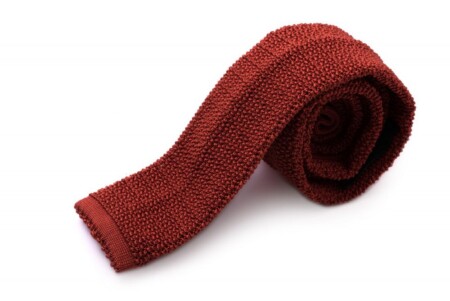
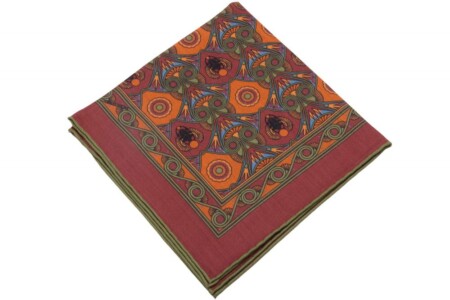
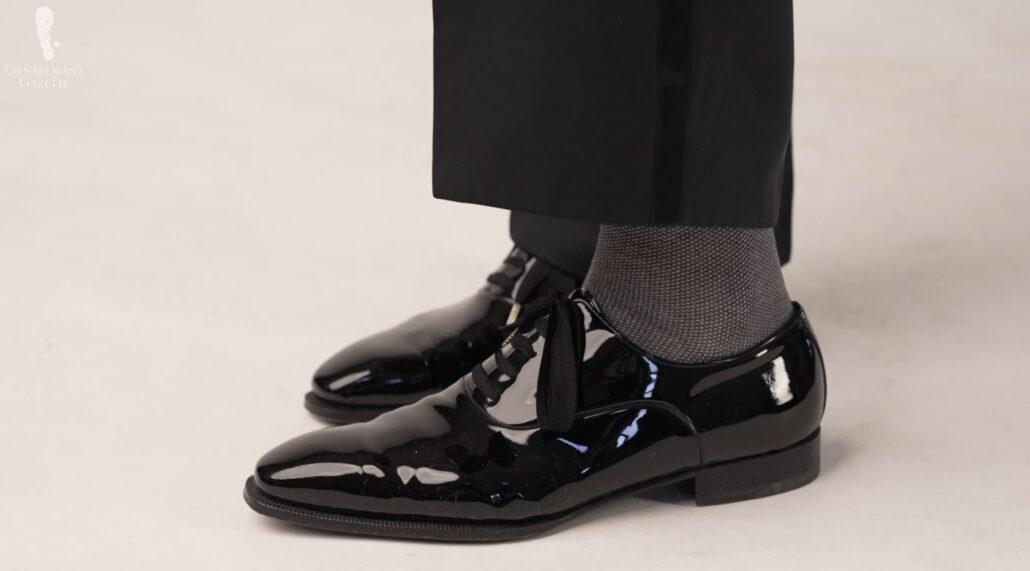
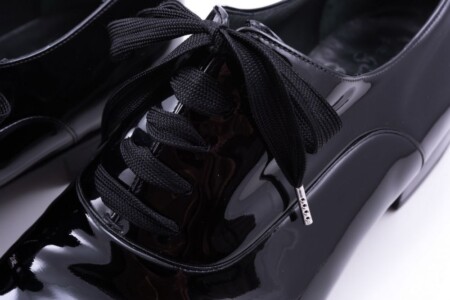
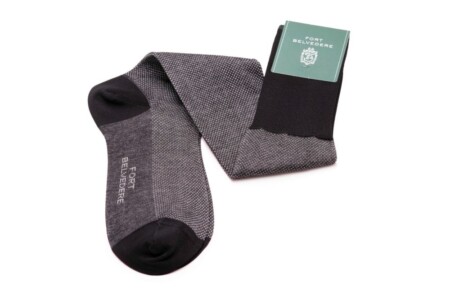
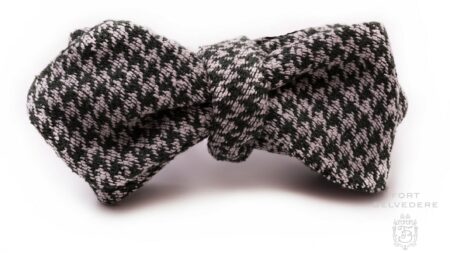

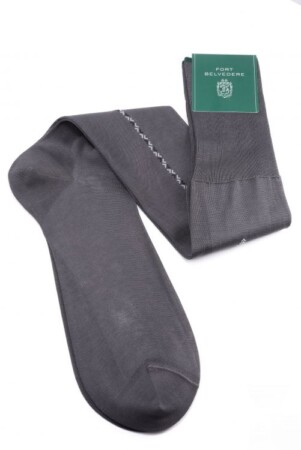
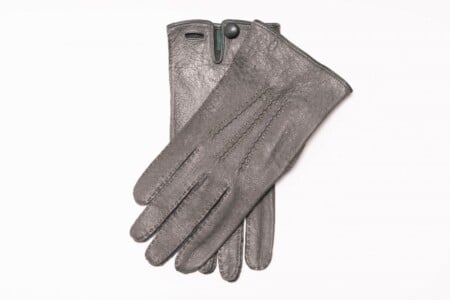
Gloves lasted far longer for women as a fashion accessory, and I think they really finished an outfit, both for men and women. Now they’re just worn for warmth, it seems. I’d love to see a plus-four renaissance, but I won’t be holding my breath . . .
Oh boy, do I want a pair of those Bonafe boots. That last ensemble looks great!
Wow! Great article. The fact that shirt collars could be deadly in the 1900’s Ouch! I really appreciate Edwardian attire although I love early 60’s business and casual gentleman’s attire.
Thanks always for your exhaustive research.
Warmest Regards.
Deadly collars were a big surprise for us, too! Glad to hear you enjoyed the article; thank you for your support, Marquis.
Preston! I love your hair without product! I noticed it even before you mentioned it. Color more vibrant and rich too…
Great show, btw. The reason Italians look so good, is that they look good! They are vain and beautiful and they flaunt it! It’s the genetic combination of Southern Mediterranean and Northern Africa that creates a pleasing, strong featured face.